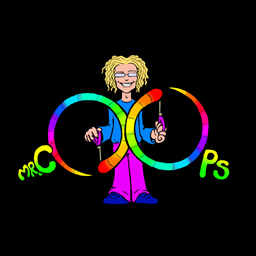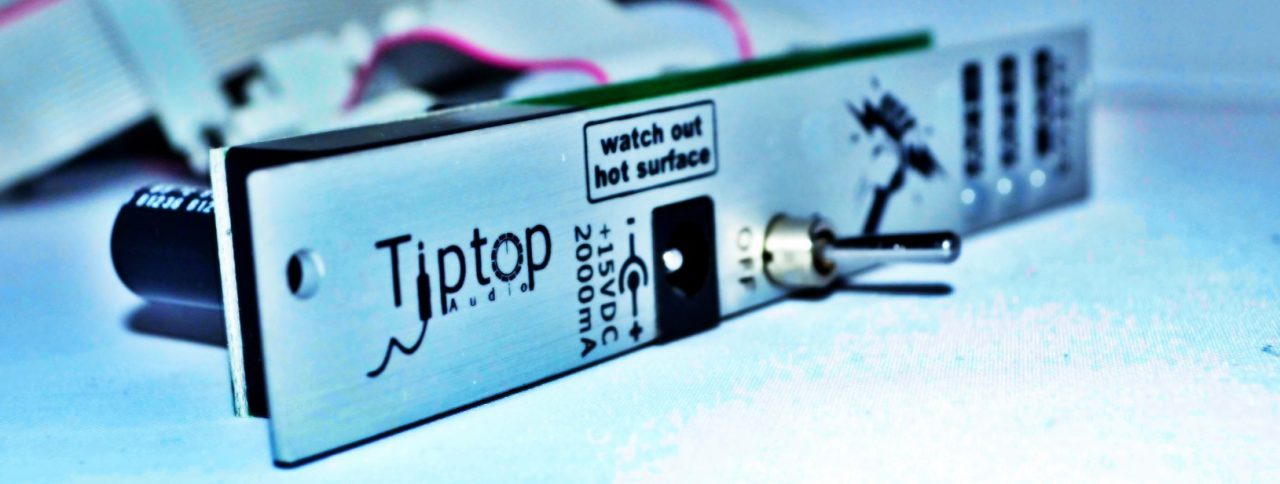In stage design, designers work to create a visually stimulating environment. Using the elements and principles of design, they create context that ultimately transforms the space on the stage. There are numerous tools a designer can use to achieve this including building dimensional props, controlling light fixtures, draping cloth—but the most common method is constructing stage flats (short for scenery flats).
Flats are a great tool for any stage design. You can create a great deal of depth and visual interest using a small amount of material while occupying minimal stage space. They are very versatile, can be reused many times, relatively lightweight, mobile and can be easily stored. There are two styles of stage flats: Hollywood (TV, Hard flats) and Broadway (Soft).
What are Broadway Flats?
Broadway flats are much lighter. They’re constructed using muslin or canvas stretched on a thin wooden frame. They can be suspended from a fly tower for presentation or storage.
What are Hollywood Flats?
Hollywood flats, on the other hand, are constructed more rigidly using luan or plywood with wider stiles (or side bars). They can stand freely from the ground using wall jacks or can be anchored directly to a movable base or stage. These are heavier and require more lumber, but can support windows and other rigid detailing. Both have their advantages and disadvantages, but overall, the structure and concept are the same.
How do I build a stage flat?
Flat construction consists of a wooden frame, a frame skin (surface usually wood or cloth) and a frame stand. Here is some terminology:
- Rails – The top and bottoms of the flat. Usual size is 4¹ in length.
- Stiles – The sides of the flat. The length of the stile is the height of the flat (usually 8¹, 10¹, 12¹).
- Toggles – These are crosspieces that run between the stiles. They provide strength and rigidity and keep the flat square.
- Corner blocks – Corner blocks are used to attach the rails and stiles. They also keep the flat square. They’re usually made of plywood/masonite squares (triangles also keep the flat square).
- Keystones – Keystones join the stiles and toggles together. They’re usually rectangle or ‘keystone’ in shape.
- Skin – Plywood, luan, canvas, muslin, or butcher paper.
- Base/Wall Jacks (for free standing flats) – A support that keeps the flat braced and standing. They can be right triangle frames that connects to both stiles and anchored or weighted down.
Flats are a great method for creating context for the stage. They are extremely versatile for almost anything requiring a backdrop or visual presentation. Due to their incredible mobility, a stage can be easily transformed between scenes or events by simply rearranging the flats. Stage flats can be stored flat and reused, which helps to reduce costs.


